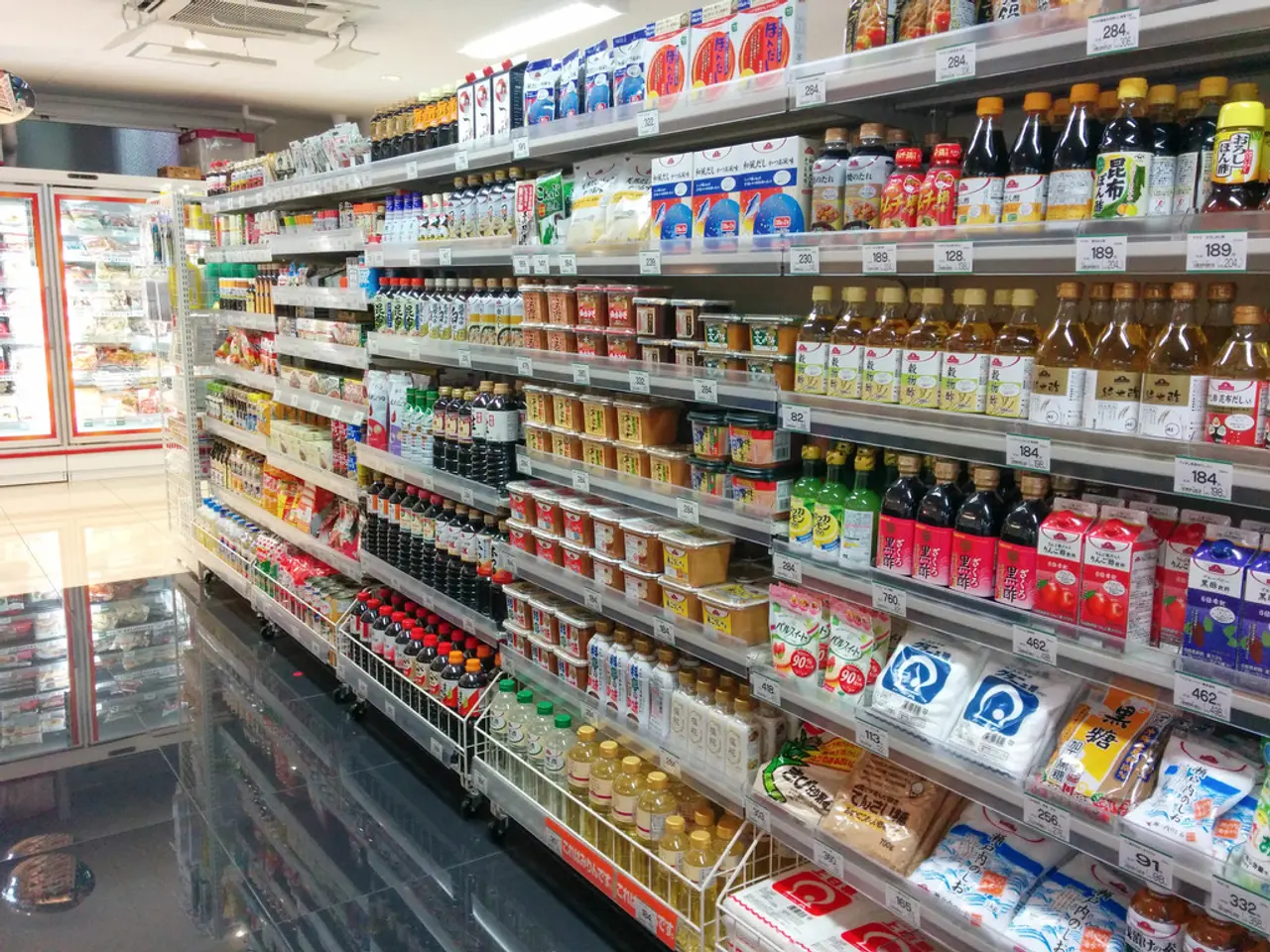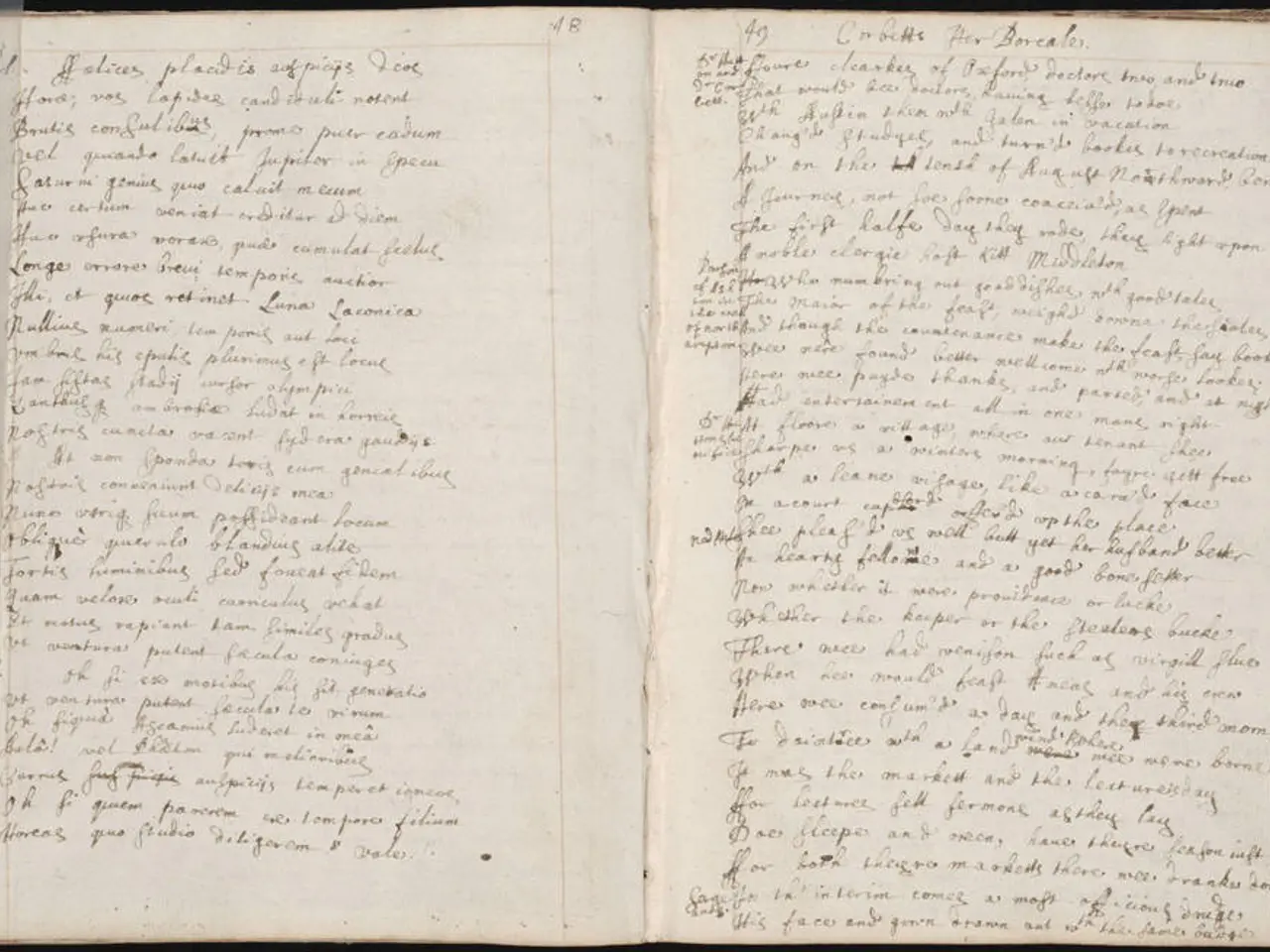Nabiullina to unveil an unexpected revelation on the 25th of July
On July 25, 2025, the Bank of Russia surprised the market by slashing the key interest rate by 2 percentage points (200 basis points), from 20% to 18% per annum[1][3][5]. This decision marked the second consecutive rate cut and was stronger than many had anticipated, given the Bank's previous cautious stance.
The reasons for this strong policy easing are rooted in several factors:
- A faster-than-expected decline in inflationary pressures has been observed, including underlying inflation[1][3]. For instance, seasonally adjusted price growth dropped to 4.8% annualized in Q2 2025 from 8.2% in Q1. Core inflation showed a similar sharp deceleration[1].
- Slowing domestic demand growth indicates reduced inflation risks and a moderation in economic overheating[1][3].
- The Russian economy is returning to a balanced growth path, with high-frequency data suggesting only moderate growth in economic activity and a narrowing deviation from balanced growth[1][3].
The Bank of Russia emphasised that despite the easing, monetary conditions will remain tight enough to bring down inflation to the 4% target by 2026, with the average key rate expected to be 18.8–19.6% for 2025 and 12.0–13.0% in 2026, implying that the policy easing is gradual within a still restrictive framework[1][3].
In summary, the unexpectedly strong 2% cut was driven by a combination of faster inflation slowdown and attenuating demand pressures, enabling the central bank to ease more rapidly than earlier forecasts suggested, while still committing to a prolonged period of tight monetary policy to ensure inflation targets are met[1][3][5].
Meanwhile, the business climate indicator dropped to 1.5 points, the lowest since autumn 2022[2]. Enterprises' assessments of the current situation and demand forecasts are decreasing in most sectors[4]. Consumer inflation expectations remain high at 13%, and Russians are increasingly refusing new loans[6]. Recent macroeconomic data suggests a potential for an even sharper policy easing[7]. Most experts anticipate a decrease in the key rate by at least 2 percentage points[8].
[1] https://www.cbr.ru/reference/keyrate/ [2] https://www.vabr.ru/ru/publications/business-climate-index/ [3] https://www.rbc.ru/economics/25/07/2025/60a93d8d9a7947535d78d874 [4] https://www.rosstat.gov.ru/ [5] https://www.cbr.ru/files/newsec/files/mdr/2025/07/25/20250725_2300_1_3.pdf [6] https://www.rbc.ru/finances/25/07/2025/60a93e239a7947535d78d885 [7] https://www.cbr.ru/files/newsec/files/mdr/2025/07/25/20250725_2300_1_1.pdf [8] https://www.vabr.ru/ru/publications/expert-polls/
The Bank of Russia's decision to slash the key interest rate by 2 percentage points was driven by a combination of faster inflation slowdown and attenuating demand pressures, enabling the central bank to ease more rapidly than earlier forecasts suggested. However, though monetary conditions will remain tight enough to bring down inflation to the 4% target by 2026, most experts anticipate a decrease in the key rate by at least 2 percentage points, suggesting a potential for an even sharper policy easing in the future. This could have a significant impact on various aspects of the Russian business, as the current business climate indicator has dropped to its lowest since autumn 2022, with enterprises' assessments of the current situation and demand forecasts decreasing in most sectors.




